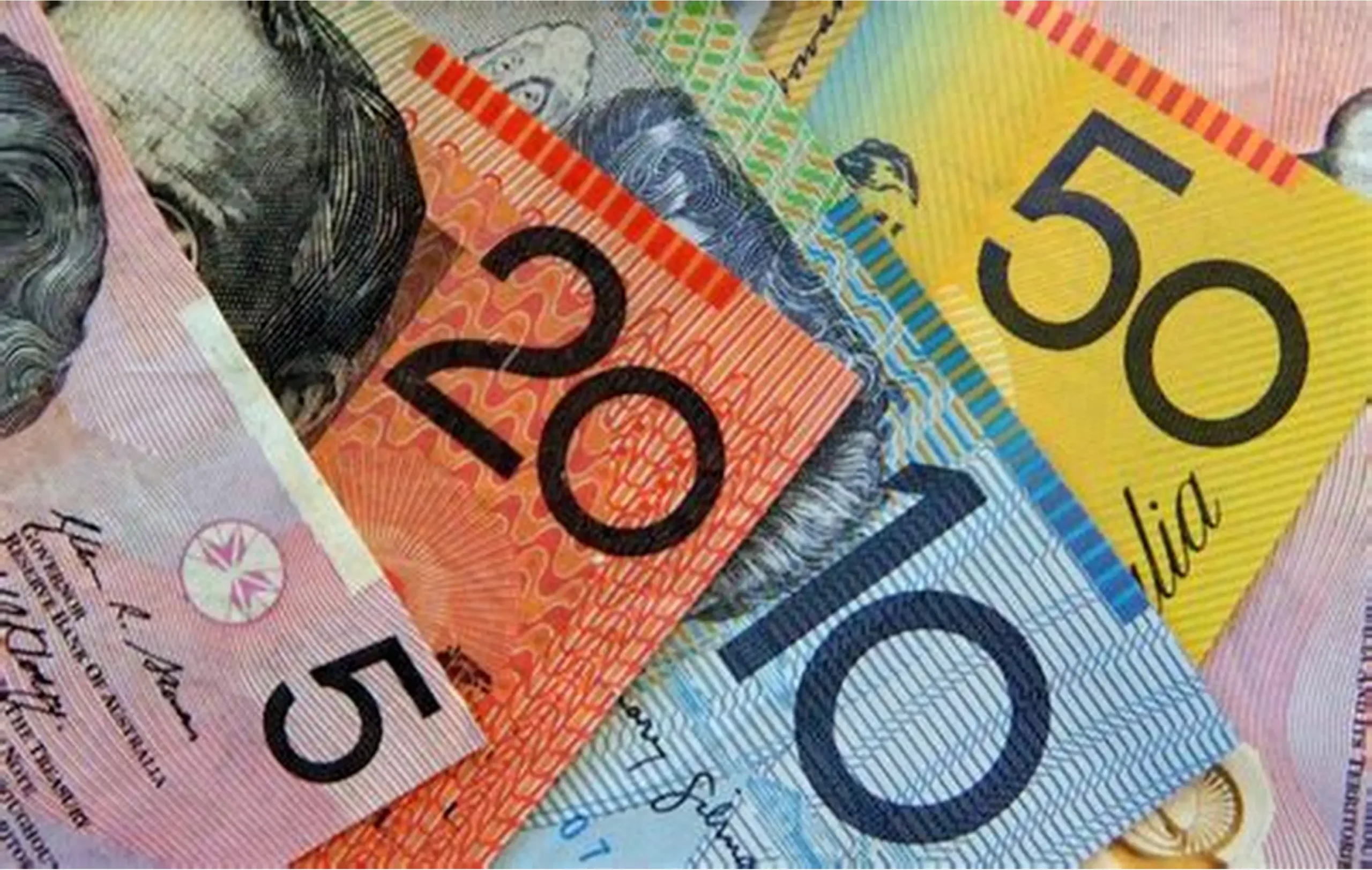Australian Dollar Bounces Back with Geopolitical Tensions and Fed Policy Uncertainty
Australian Dollar (AUD) modestly rebounded against the US Dollar (USD) on Wednesday despite risk aversion dampened by rising geopolitical tensions in the Middle East. The rebound follows after the AUD/USD pair incurred more than 0.50% losses in the last session. In spite of risk-off sentiment that is still prevalent because of continued hostilities between Iran and Israel, the AUD was supported by a weaker US Dollar, held down by poor US retail sales statistics and expectations that interest rates at present levels will be kept by the Federal Reserve. Investors also watch for further updates on Australian labor market statistics and other global trade and political tensions for new directional signals. KEY LOOKOUTS • Israel-Iran conflict will continue to bear on risk sentiment and facilitate safe-haven flows to the US Dollar. • Markets are looking to the Federal Reserve’s policy statement in June and expect none but increasing speculation for rate cuts in September and October. • Later this week, Employment Change and Unemployment Rate data will feed into RBA’s policy view and drive AUD action. • AUD/USD faces key resistance at the nine-day EMA (0.6495) and June’s high (0.6552), with potential to climb further if these levels are breached. Australian Dollar managed to edge higher against the US Dollar despite ongoing geopolitical tensions and a generally risk-averse market environment. The rebound comes after a steep fall in the previous session, supported by softer-than-expected US retail sales figures and a weaker US Dollar as investors wait for the Federal Reserve’s policy statement. Investors are still wary of the escalating tensions between Israel and Iran, and are watching closely for Australia’s impending labor market data, which could influence the Reserve Bank of Australia (RBA) monetary policy trajectory. Technical indicators indicate that AUD/USD pair is trading within an uptrend channel, indicating a cautiously positive tone for the pair in the short term. The Australian Dollar recovers despite increased geopolitical tensions and risk-off mood. Deteriorating US retail sales and weaker Greenback provide short-term support to AUD/USD. Markets currently expect the Fed’s policy announcement and Australia’s labor figures for additional guidance. • The Australian Dollar recovered from its 0.50% loss in the last session. • AUD/USD is under pressure from subdued risk appetite owing to Israel-Iran tensions. • The US Dollar came under pressure following poor US retail sales prints (-0.9% in May). • The Federal Reserve is likely to leave rates steady in June. • Markets are factoring in near-term Fed rate cuts in September and October. • Australia’s Employment Change and Unemployment Rate figures are coming later this week. • Technically, AUD/USD is ranging within an upward channel, reflecting a conservative bullish inclination. The Australian Dollar is demonstrating strength in the face of difficult global environment characterized by rising geo-political tensions. The conflict between Israel and Iran remains to influence investor appetite, with worries of greater regional instability heightened. In a significant diplomatic initiative, Iran has approached Oman, Qatar, and Saudi Arabia and asked them to call on U.S. leadership for a ceasefire at the earliest. These developments have strengthened safe-haven demand, especially of the US Dollar, with market participants being prepared for potential escalations that may cause churn in global markets and energy supplies. AUD/USD DAILY PRICE CHART SOURCE: TradingView At the same time, economic indicators from the US and China are affecting the overall market mood. US retail sales declined deeper than anticipated in May, indicative of weakening consumer spending. This has supported speculation that the Federal Reserve will soon look at policy easing, with markets looking for possible rate reductions later this year. Conversely, Chinese retail sales were better than expected, indicating some resilience in domestic demand, albeit industrial production slightly under forecast. Locally, Australia’s coming employment data continues to be a major interest for traders, as it could inform expectations of the Reserve Bank of Australia’s next monetary policy move. TECHNICAL ANALYSIS AUD/USD continues to be supported in an uptrending channel on the daily chart, indicating a prevailing bearish bias in the short term. The currency pair is sitting just above 0.6480, near the lower edge of the channel that serves as instantaneous support. The 14-day Relative Strength Index (RSI) is just above the mid-point 50 level, showing a marginal bullish bias. The price is, however, below the nine-day Exponential Moving Average (EMA) at 0.6495, which shows some near-term weakness. A continued breakout above this EMA would set the stage for a test of the recent high at 0.6552 and potentially the upper edge of the channel around 0.6740, whereas a decline below 0.6480 would undermine the bullish picture and leave the 50-day EMA support at 0.6431. FORECAST If risk sentiment were to settle and positive surprises in future Australian employment statistics, the AUD/USD pair would be likely to pick up on its upward momentum. A move above the current resistance at the nine-day EMA (0.6495) could see a test of the last high at 0.6552. Serious bullish pressure could take the pair to the eight-month high at 0.6687, then the top of the rising channel at around 0.6740, particularly if the US Dollar continues to break lower on bets on Federal Reserve rate cuts. On the negative side, fresh geopolitical tensions or poor Australian labor market statistics may dampen the Australian Dollar. A fall through the ascending channel’s lower line at 0.6480 would confirm a trend change and open the way to the 50-day EMA at 0.6431. Losses could push the pair further down to the 0.6400 psychological level, especially if the US Dollar as a safe haven gains further strength during continued global uncertainty.



